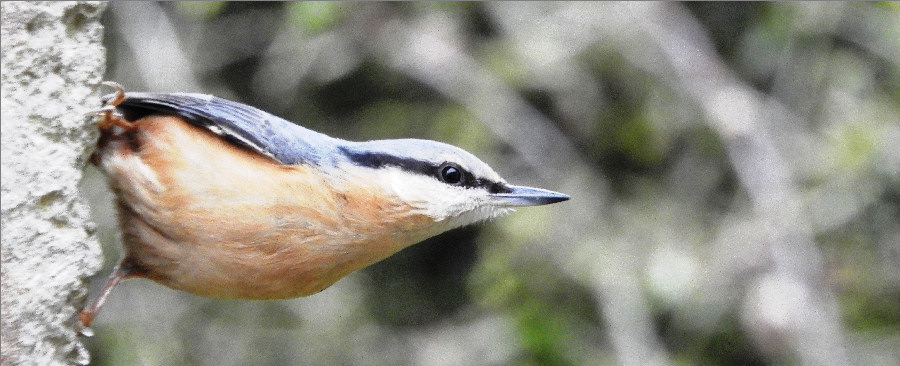| March
March 11th...
I noticed a song thrush in our
garden. So?? I hear you ask?
Well, song thrushes are rare in our garden at the top of High
Street as also are house sparrows and starlings – once the commonest
birds. Now all these birds
are on red alert, sparrows having declined between 50% and 60% in the
last 20 years and thrushes and starlings by even more.
Interestingly, I notice that they are much more numerous towards
the bottom of Fore Street.
Perhaps there are better nesting places there.
The blackbirds have started to
pour out their lovely melodious song at dusk.
I was serenaded all the way up Fore Street this evening.
The snowdrops are 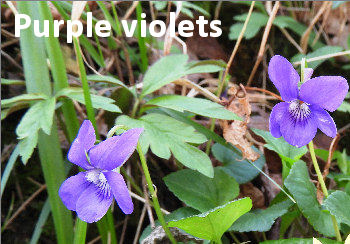 beginning
to fade showing their fat, green seedcases. beginning
to fade showing their fat, green seedcases.
There are purple violets on the
banks of Colham Lane and some along Ebben Lane and white ones along
Leigh Lane.
Dog’s Mercury is abundant.
Apparently it has this name because of its resemblance to
Chenopodium bonus-henricus (Good King Henry), also known simply as
Mercury and is an edible herb. ‘Dog’ in Dog’s Mercury means bad, (dog
owners please don’t take this personally!) but beware – it is
highly poisonous!
March 19th....
An interesting article in the
BTO (British Trust for Ornithology) magazine, by Tim Birkhead
which I will share with you. It
appeared in the Spring 2017 issue. Read on!
There are huge variations
in the mating habits and hence the sexual organ size of different
species of birds.
For example, guillemots
are
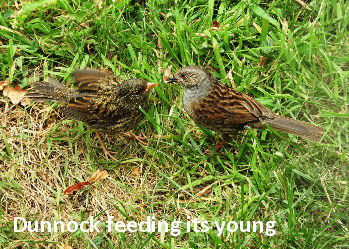 monogamous
and so are bullfinches whereas female dunnocks are extremely promiscuous
and copulate readily with many different males.
As a result the males have to compete fiercely with each
other and have extremely large testes making up 3.4% of their body mass
whereas male bullfinches have tiny testes making up only 0.37% of body
mass.
The sperm of the dunnock is smooth and streamlined (think of an E-type
jag) whereas the sperm of bullfinches is more like a Morris Minor! monogamous
and so are bullfinches whereas female dunnocks are extremely promiscuous
and copulate readily with many different males.
As a result the males have to compete fiercely with each
other and have extremely large testes making up 3.4% of their body mass
whereas male bullfinches have tiny testes making up only 0.37% of body
mass.
The sperm of the dunnock is smooth and streamlined (think of an E-type
jag) whereas the sperm of bullfinches is more like a Morris Minor!
March 26th...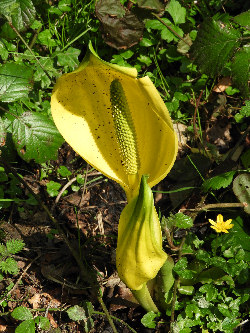
Wayford Woods are full of spring
flowers. One of these is
Lysichitum americanum, a very invasive, non-native relative of the
more delicate Arum Maculatum or Lords and Ladies.
This plant has lots of other common names:
cuckoo pint, jack in the pulpit, cows and bulls, and naked girls
to name but a few. These
gender-related names refer to the plant’s likeness to male and female
genitalia simulating copulation. They attract small insects with their
rather unpleasant (to us) smell and the insects are trapped in the lower
section where they feed on the nectar and in return pollinate the
flower. They are then
released.
|
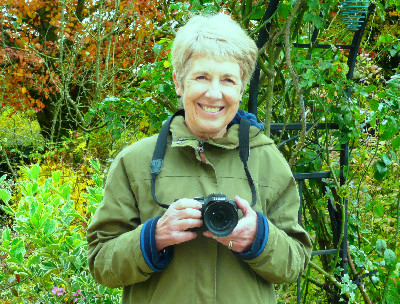 and small field located at the top of the village,
which is often the place where she takes
striking photographs of birds, flowers and insects, which are
often featured in the Winsham Calendar, and the Parish Web Site.
and small field located at the top of the village,
which is often the place where she takes
striking photographs of birds, flowers and insects, which are
often featured in the Winsham Calendar, and the Parish Web Site. 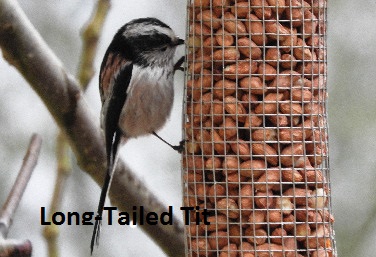 atch
on TV, headed up by Chris Packham, gave some useful snippets of
information about how small birds keep warm on cold nights in winter:
atch
on TV, headed up by Chris Packham, gave some useful snippets of
information about how small birds keep warm on cold nights in winter: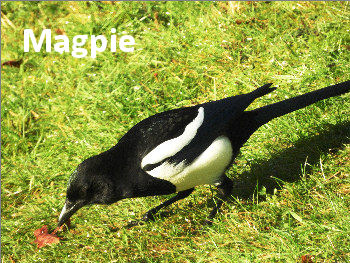 nd
empty house martin’s nest.
nd
empty house martin’s nest.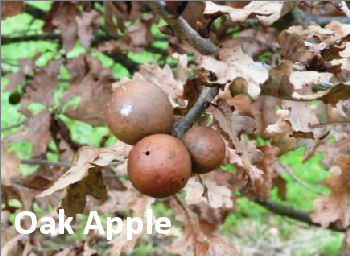 ng
oak trees planted about 5 years ago has loads of oak apples on it.
ng
oak trees planted about 5 years ago has loads of oak apples on it. beginning
to fade showing their fat, green seedcases.
beginning
to fade showing their fat, green seedcases. monogamous
and so are bullfinches whereas female dunnocks are extremely promiscuous
and copulate readily with many different males.
monogamous
and so are bullfinches whereas female dunnocks are extremely promiscuous
and copulate readily with many different males.

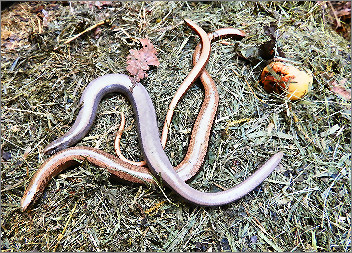
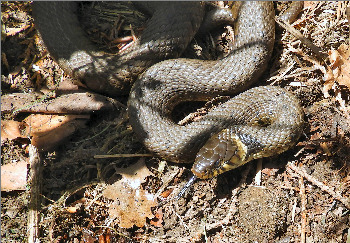 he
year and the hottest day since 1976!
he
year and the hottest day since 1976!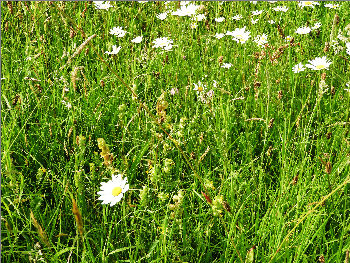
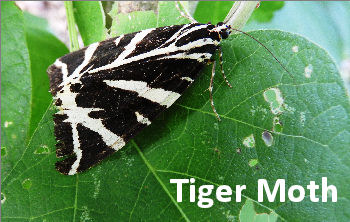
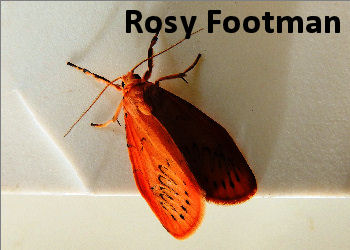
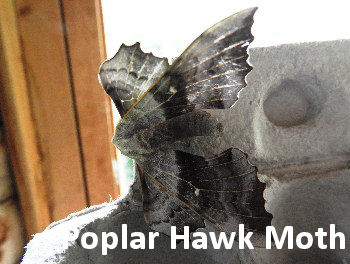
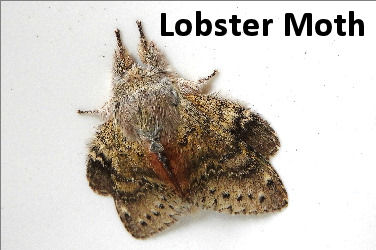
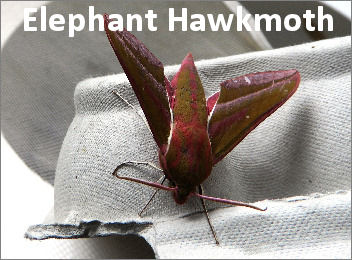
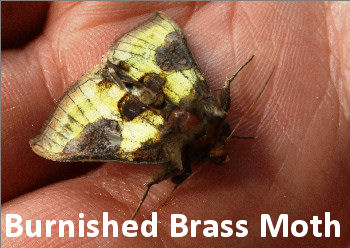
.jpg)
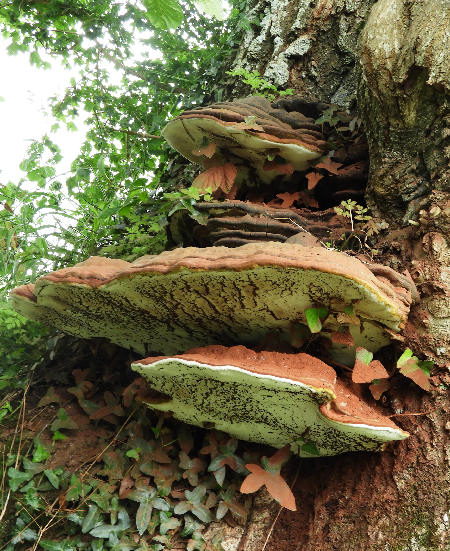
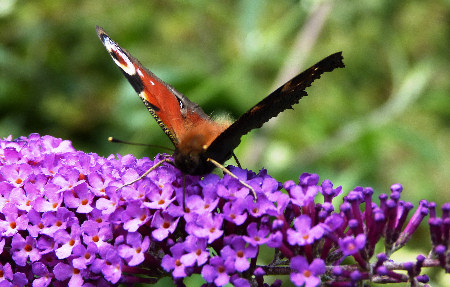 ering
that as well as providing food plants for the butterflies
(Buddleia comes to mind!) we also need to provide food plants
for their caterpillars.
ering
that as well as providing food plants for the butterflies
(Buddleia comes to mind!) we also need to provide food plants
for their caterpillars.